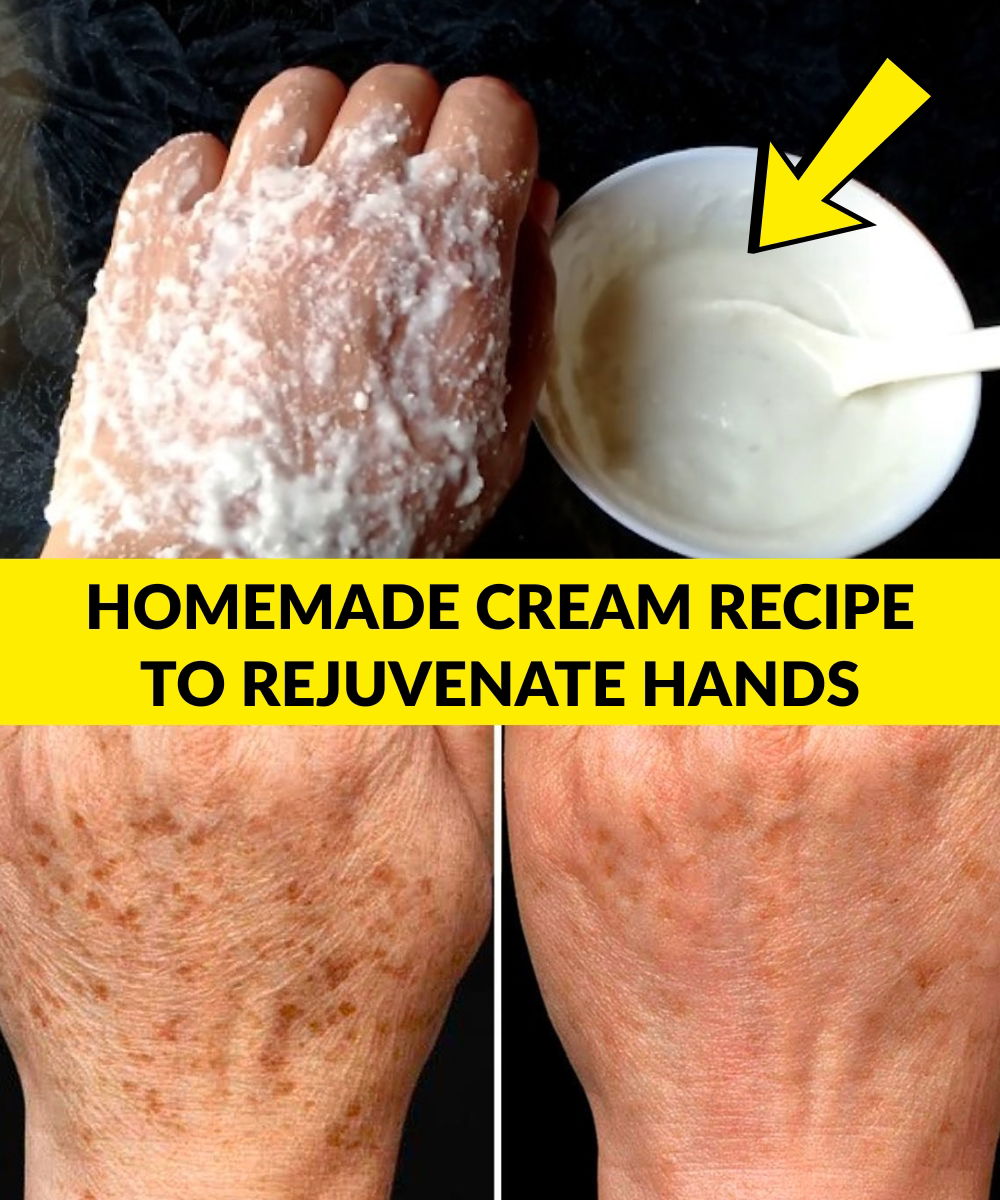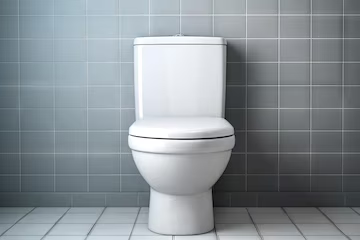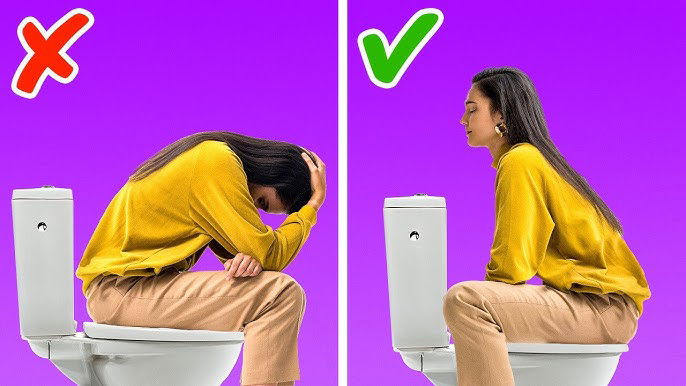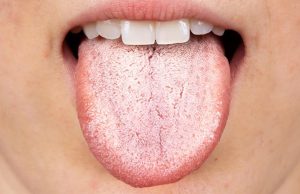
You’ve probably noticed that your hands no longer accurately reflect your age. Minor wrinkles, black patches, and poor skin… What if a simple homemade recipe could restore their youth? Here’s a wonderful method for transforming your hands and revealing their natural glow that takes only a few minutes to prepare and uses simple items.
The homemade cream that changes everything
Fortunately, nature is full of treasures capable of repairing and rejuvenating skin. Here’s a quick recipe for a repair cream, inspired by grandmother’s tricks but reworked for fast and visible results.
The ingredients:
- 1 tablespoon of castor oil (nourishing and anti-blemish)
- 1 tablespoon of aloe vera gel (hydrating and regenerating)
- 1 teaspoon of lemon juice (natural lightener)
- 1 teaspoon of vegetable glycerin (softener)
- A few drops of vitamin E (antioxidant)
Preparation:

- In a small bowl, combine all of the ingredients and stir until smooth.
- Apply generously to clean hands, paying special attention to dry or discolored spots.
- Leave on for 15 minutes and then rinse with warm water.
- Wear cotton gloves during application, similar to a night mask, to intensify the effect.
What results can we expect?
Skin feels softer and more supple from the very first application. Fine lines diminish with time, dark spots brighten, and the texture of the skin seems smoother. This handmade cream performs like a luxury treatment, but without the chemicals or the expensive cost.
With just 5 minutes of preparation, you can give your hands a salon-quality anti-aging treatment.
Bonus suggestions for youthful, silky hands.

In addition to the cream, practice a few basic daily habits:
-
- Protect your hands from the sun, especially in the summer and while driving. A UV-indexed cream makes all the difference.
- Moisturize them after each wash, just like your face.
- Exfoliate gently once a week to remove dead cells and allow treatments to penetrate more effectively.
- Finally, for a touch of French chic, apply lemon on your nails to naturally whiten them!
More and more people are using the toilet facing forward, for 10 surprising reasons

Most of us use the toilet in the traditional way, with our backs to the tank. However, some people choose to sit facing forward, facing the flush. This habit may seem different, but it’s more popular than you might think.
10 Surprising Reasons
Better position for people with weakened mobility
Some people, especially those with chronic pain or joint problems ( arthritis, injuries, disabilities ), choose this posture more convenient. Sitting in the traditional way can be difficult, whereas facing forward helps them lean on the tank and limit painful movement .
Less pressure on the back and joints
Simply changing your position can enhance comfort and lessen pressure on your spine and knees. This posture allows for a more natural body alignment , which is especially useful for people with lower back pain or muscle tension .
More stability and balance

People dealing with balance problems may feel safer sitting facing forward. The tank then acts as an additional support point, weakening the risk of tipping or falling, especially among the elderly.
Cultural norms and family habits
In some cultures, sitting facing forward is more common, whether for reasons of upbringing or accessibility. Habits built in childhood affect how one uses the toilet as an adult.
Adaptation to modern toilets
In some countries, raised or elderly-friendly toilets make this position easier, making it more popular practice .
Help for gastrointestinal disorders
Sitting facing forward boosts optimal posture for elimination, lessening the effort required to go to the toilet. This posture may be useful for people dealing with constipation or digestive disorders.

A posture that facilitates bladder emptying
For some people with urinary problems, this position can help empty the bladder better , weakening the risk of urinary tract infections .
Less contact with the bowl
Sitting facing forward avoids resting your thighs on the front part of the seat, which is often in contact with other users.
Better space management

This posture aids the use of hygienic protection (toilet paper, disposable seat protectors), allowing you to use a cleaner and more controlled posture .
Increased hygiene for certain people
For people with weakened mobility, this posture helps access to hygiene products (toilet paper, wipes), without demanding uncomfortable contortions.



















